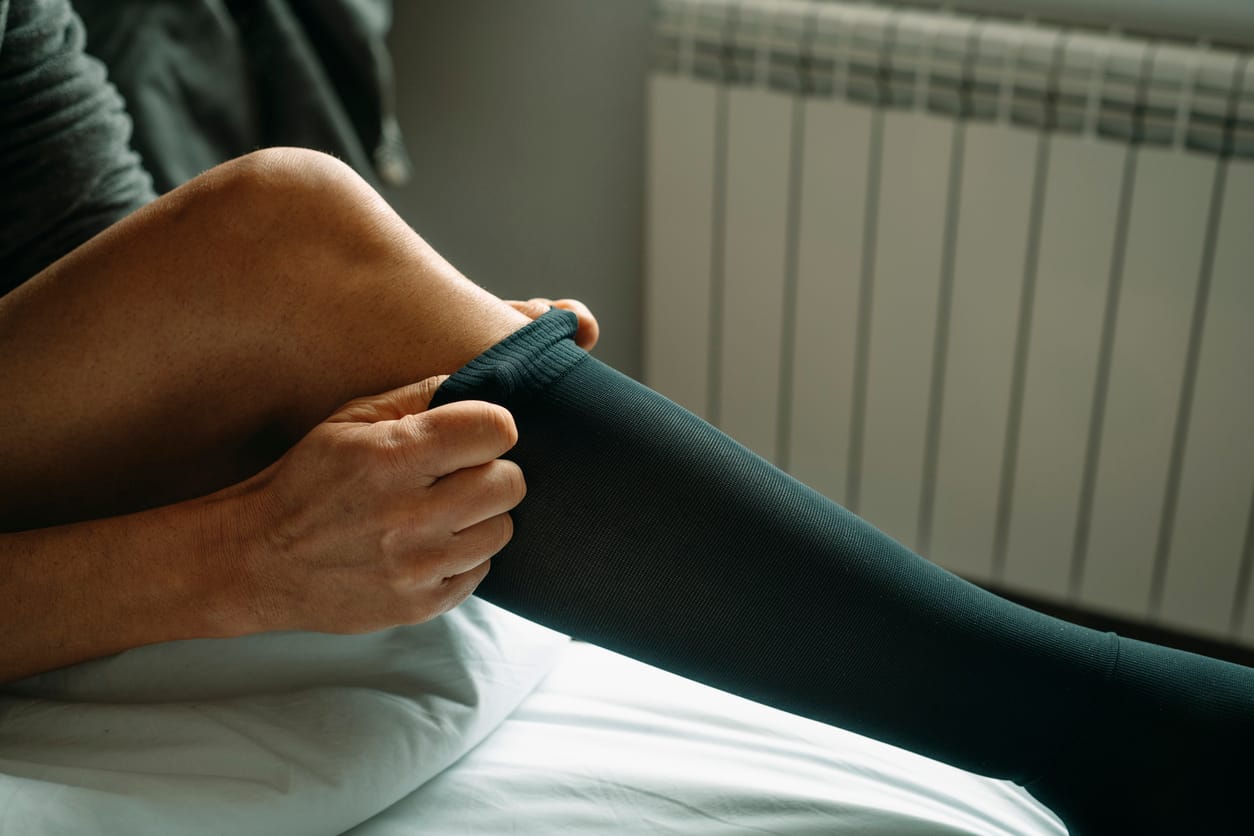It is estimated that groin injuries account for 2-5% of all sports-related injuries, though the real number may be higher, as it is also believed that up to 30% of groin injuries go undiagnosed. Groin injuries most commonly occur in sports that involve running at speed, and quick changes of direction, and are more common in men than women.
Groin injuries are a surprisingly complicated affair, due to the number of muscles, tendons, ligaments, cartilage, bones, and joints in the area. Most experts believe that in many cases of groin pain, there are at least two different factors at play. In this blog, we will break down some of the main points to help you better understand groin pain.
Causes
The development of a pain in the groin can be classified as either an overuse injury, which develops slowly over time, or an acute injury, which occurs suddenly. Common overuse injuries include Athletic pubalgia, which is an internal sports hernia that occurs as a result of an untreated strain or tear of the soft tissue in the area; osteitis pubis, the inflammation of the cartilage at the very base of the hips; and bursitis, the inflammation of fluid sacs that cushion the area.
While Athletic pubalgia may sound like an acute injury, it is not classified as one because it refers to a problem that results from a tear or strain, not the actual tear or strain itself. A tear/strain that occurs in any of the soft tissue in the area, such as muscle or tendons, is considered an acute injury because it occurs suddenly and as a direct result of being pulled to far, or in an unnatural direction.
Other acute injuries that can contribute to groin pain include full or partial dislocation of the joint, and fractures to the bone.
Treatment of Groin Pain
Since the anatomy of the groin region is so complex, a thorough examination is necessary for the accurate diagnosis of the issues at hand. This will involve a physical examination, which will often be coupled with the use of an MRI scan or ultrasound.
Most of the time, the issue causing the groin pain can be solved with a combination of rest, prescribed stretches, and the use of medication such as anti-inflammatories. In more serious cases of Athletic pubalgia or fractures, surgery may be required, but this can often be avoided by identifying the problem early on.
In many cases, the groin pain a person is experiencing may simply be a result of a pulled muscle, and can be alleviated with a bit of rest, and maybe some ice. But if severe pain has set on suddenly, or has gradually grown and persisted for some time, the best thing to do is visit a professional and identify the problem before it gets any worse.
















